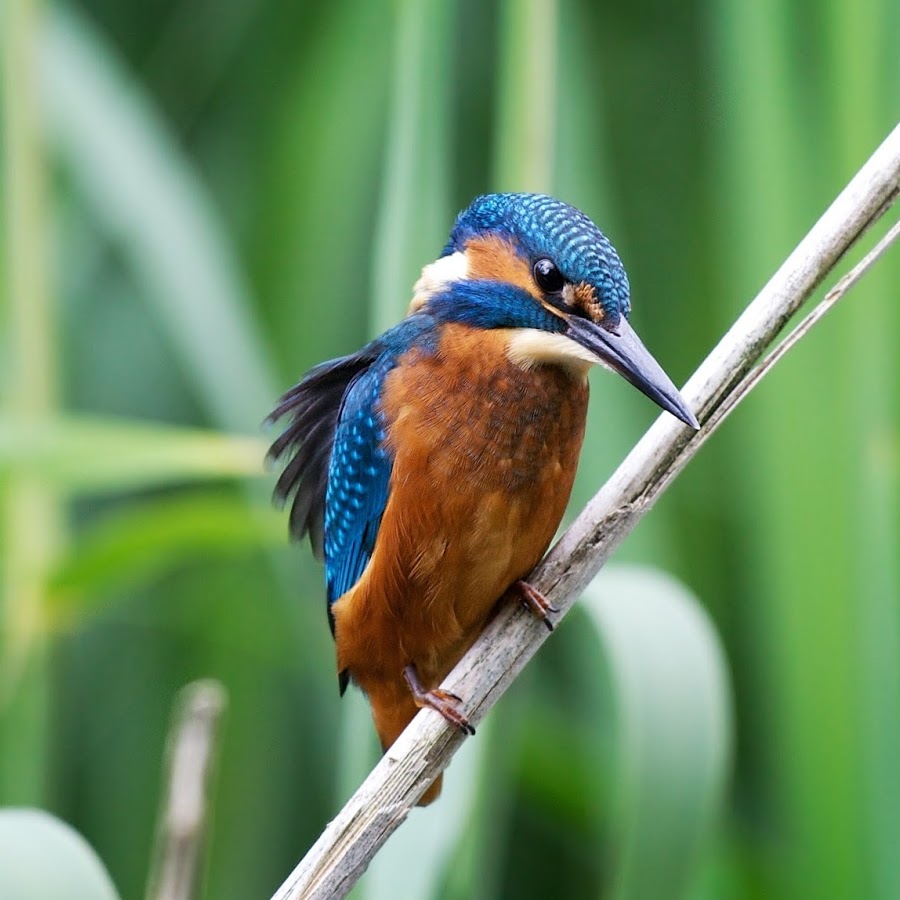Video Player is loading.
32
views •
October 31, 2016
Nature's Wonders - The Great Sardine Run

Natural World Facts
0 Followed
Welcome to another episode of Natural World Facts!
This fact file is all about the Great Sardine Run in the new series Nature's Wonders.
Each year, an incredible natural phenomenon occurs on the coasts of Southern Africa. The greatest fish migration on the planet.
From May through July, billions of sardines spawn in the cool waters of the Agulhas Bank and move northwards along the East coast of Southern Africa to the warmer sub-tropical waters of the north-eastern cape, in shoals up to 7 km long.
The sardine run is the largest biomass migration in the world, and is even larger than the iconic wildebeest migration.
Each year, many predators will congregate for this one event, to feed on the migrating sardines. But not only sharks have shown up, a pod of common dolphins has also arrived for the feast.
As the dolphins herd the fish, the threatened sardines group closely together to form a bait ball, minimising their chances of being picked out by predators. These bait balls can be 10-20 metres in diameter, however rarely last longer than ten minutes in this frenzy. Dolphins plough through the bait balls, scattering the fish to be picked out by the sharks.
A Brydes Whale joins the feast, engulfing 10,000 sardines in one giant mouthful. Cape Gannets dive bomb the swarming prey, but the sardines resist these attack by staying deep and keeping the school together.
However with predators attacking from below and above, the swarms break down into smaller targets and are driven up from the deep into shallower waters, becoming in range of the Gannets.
The Gannets then descend upon the fish, plunge diving from considerable heights in order to catch their prey. A Gannet can travel as far as 100 km over the ocean in search of food, and will each year follow this mass migration of sardines along the coastline until almost every last one is eaten.
I do not own the footage or music in this video. All credit goes to real owners. No copyright infringement intended.
Music: A legacy uncovered - Icon
Footage: BBC Earth/PBS
Natural World Facts is a channel dedicated to bringing you fascinating facts about our natural world, and the wonderful animals that we share it with.
Subscribe for more videos!
Leave a suggestion in the comments for what animal you would like to learn about next.
Show All 
Comment 0











